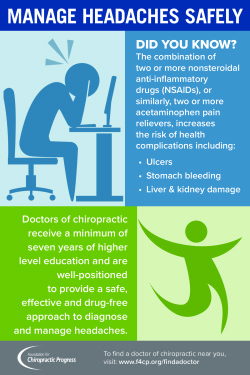Brace On Your Own For An Expedition Right Into The Exciting Cellular Communications Of Cold Laser Therapy And Its Application Of Light As A Recovery Device. Take A Much Deeper Dive Into The Scientific Aspects!
Brace On Your Own For An Expedition Right Into The Exciting Cellular Communications Of Cold Laser Therapy And Its Application Of Light As A Recovery Device. Take A Much Deeper Dive Into The Scientific Aspects!
Blog Article
Author-Krog Daley
You may have come across cold laser treatment as an appealing therapy option for various conditions, however have you ever questioned how it really works on a mobile level? Comprehending the systems behind this treatment can shed light on its effectiveness in advertising healing and lowering inflammation. By exploring the scientific research behind cold laser treatment, you'll get understandings into the interesting ways in which light can influence cellular processes and promote cells repair.
How Cold Laser Treatment Functions
To understand how cold laser treatment works, you require to comprehend the basic concepts of exactly how light energy communicates with biological tissues. Cold laser therapy, likewise referred to as low-level laser therapy (LLLT), uses certain wavelengths of light to penetrate the skin and target underlying cells. Unlike the extreme lasers used in operations, cold lasers send out low degrees of light that do not produce warm or trigger damage to the tissues.
When these mild light waves reach the cells, they're absorbed by parts called chromophores, such as cytochrome c oxidase in mitochondria. simply click the up coming website causes a series of biological feedbacks, including raised cellular energy manufacturing and the release of nitric oxide, which improves blood flow and decreases swelling.
Additionally, the light energy can likewise promote the production of adenosine triphosphate (ATP), the energy currency of cells, assisting in mobile repair work and regeneration processes.
Basically, cold laser therapy uses the power of light energy to advertise recovery and relieve discomfort in a non-invasive and mild manner.
Systems of Activity
Exactly how does cold laser therapy in fact work to create its therapeutic impacts on organic tissues?
laser cellulite treatment , likewise known as low-level laser therapy (LLLT), operates with a process referred to as photobiomodulation. When the cold laser is related to the skin, the light power permeates the cells and is taken in by chromophores within the cells.
These chromophores, such as cytochrome c oxidase in the mitochondria, are then stimulated by the light energy, leading to a waterfall of biological reactions. One key mechanism of action is the enhancement of cellular metabolism.
The soaked up light energy boosts ATP production in the mitochondria, which is crucial for cellular function and repair service. In addition, cold laser therapy aids to minimize swelling by preventing inflammatory mediators and advertising the release of anti-inflammatory cytokines.
This anti-inflammatory effect adds to pain alleviation and cells recovery.
Restorative Impacts
Understanding the restorative impacts of cold laser therapy involves identifying how the boosted cellular metabolic process and anti-inflammatory buildings contribute to its favorable end results on biological tissues.
When the cold laser is related to the affected area, it boosts the mitochondria within the cells, leading to increased production of adenosine triphosphate (ATP), which is crucial for mobile feature and repair work. This increase in cellular power increases the recovery procedure by promoting cells regrowth and decreasing inflammation.
Furthermore, the anti-inflammatory residential or commercial properties of cold laser therapy help to reduce discomfort and swelling in the targeted area. By hindering inflammatory moderators and advertising the release of anti-inflammatory cytokines, cold laser therapy aids in minimizing discomfort and improving the general recovery response.
This reduction in inflammation not only supplies instant relief yet also supports long-lasting cells repair service.
Conclusion
Finally, cold laser therapy functions by promoting mobile repair and tissue regeneration with photobiomodulation. Its anti-inflammatory residential or commercial properties provide pain relief and lower swelling by preventing inflammatory mediators.
This therapy uses a thorough strategy to healing, providing both instant alleviation and long-term cells repair work advantages.
With its systems of action, cold laser treatment shows to be a reliable and encouraging treatment option for a variety of conditions.
